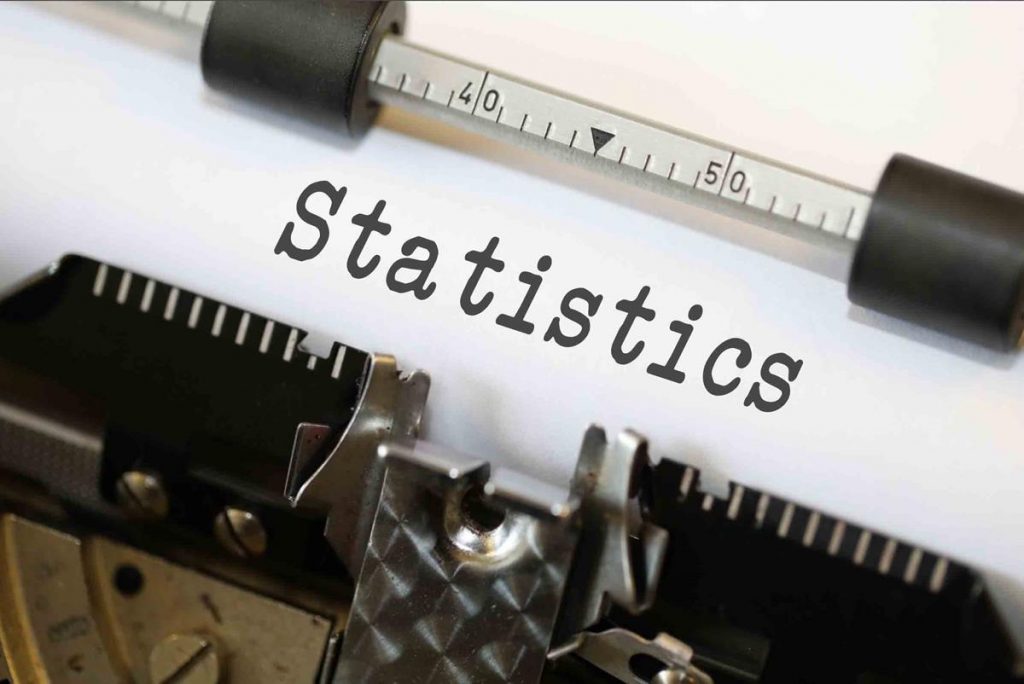
“Uh, hypothetical situation: you see a paper published that is based on a premise which is clearly flawed, proven by existing literature.” So began an exasperated Twitter thread by Andrew Althouse, a statistician at University of Pittsburgh, in which he debated whether a study using what he calls a “nonsense statistic” should be addressed by letters to the editor or swiftly retracted.
The thread was the latest development in an ongoing disagreement over research in surgery. In one corner, a group of Harvard researchers claim they’re improving how surgeons interpret underpowered or negative studies. In the other corner, statisticians suggest the authors are making things worse by repeatedly misusing a statistical technique called post-hoc power. The authors are giving weak surgical studies an unwarranted pass, according to critics.
Continue reading Statisticians clamor for retraction of paper by Harvard researchers they say uses a “nonsense statistic”


